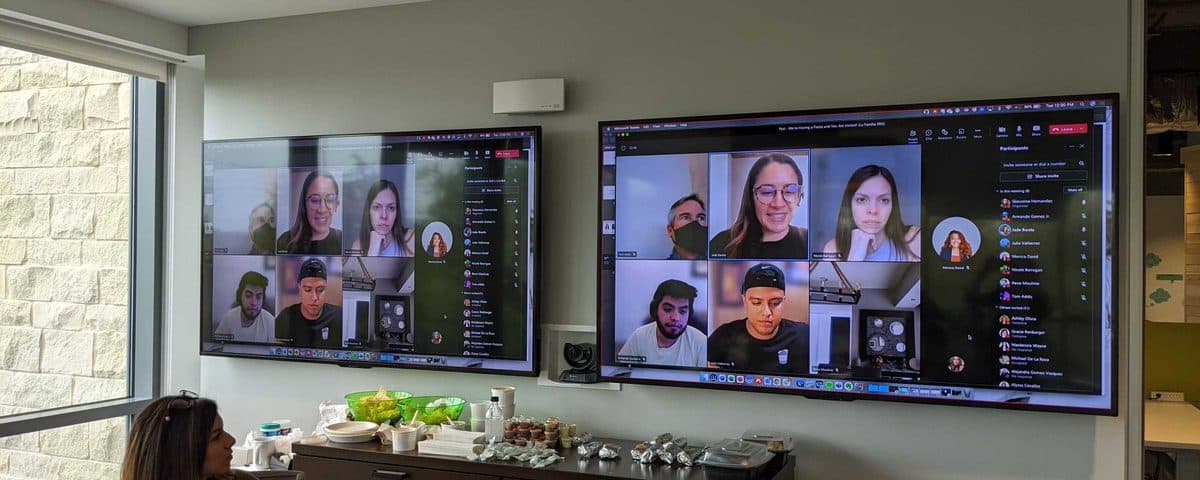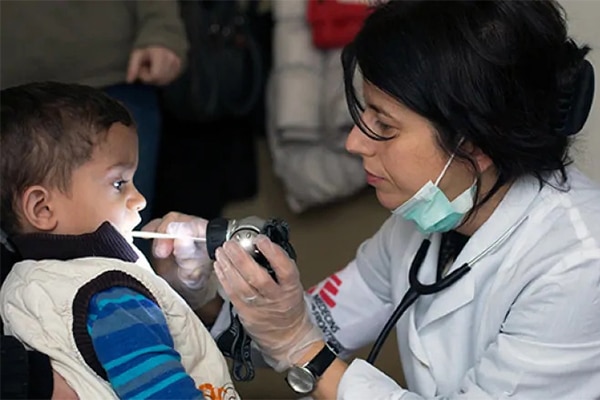Hispanic Focus Groups: Tapping Into The Determinative Power of the Latino Market

Navigating the Depths: The Significance of Exploratory Research and the Importance of Focus Groups in Marketing Strategy
January 8, 2022
6 Ways a Tight Labor Market Will Impact Consumer and Societal Behavior
August 12, 2022By Dulce Alonso
The Hispanic population is growing rapidly in the United States, and with their increasing wealth and access to education, the United States’ second-largest ethnic group is poised to make a significant and long-lasting impact on the market.
Marketers must understand that the Hispanic community is not a transitory niche market if they want to remain competitive and take advantage of the economic growth opportunities. Organizations must be ready to allocate resources to research and identify the opportunities the Hispanic market offers and understand the preferences and culture of Hispanic consumers. The Hispanic market is a complex one, and reaching this consumer market requires above-average research and comprehension of the composition and culture of the U.S. The marketing strategy should emphasize traditional Hispanic cultural values and traditions.
To gather rich insights about Hispanic preferences, marketers can consider performing well-designed qualitative research. Of this type of primary research, the simplest methodology are focus groups which provide valuable nuggets as to the why’s and how’s of consumer behavior that is not accessible through traditional surveys.
Why Specific Focus Group Sessions with Hispanic Audiences is Necessary
The objective of a focus group is to gain new insight into the needs and interests of a specific population. Focus groups with Hispanic audiences will help organizations learn more about the unique needs of Hispanics and understand their opinions and preferences.
The Hispanic population skews differently than the general market in most consumer categories. This may include differences in behaviors, attitudes, and beliefs primarily associated with a population’s cultural background. Hispanics from Mexico, the Caribbean and from Central or South American countries have core cultural similarities, the biggest being the Spanish language which is spoken far and wide, but also significant and impactful differences. For Hispanics, their language and culture are embedded into their identities. Here are some key aspects that characterize the Hispanic community:
+Hispanics usually have more sizable families and tend to make big purchases collectively.
+Hispanics are more likely than the general population to prioritize respecting elders.
+They consider family as one of the top personal motivators.
+Religion and culture also play an essential role in Hispanic lives.
The valuable information gathered during a Hispanic focus group will allow marketers to effectively guide product development or marketing strategies toward the Hispanic population. During a focus group session with a Hispanic audience, a small-group discussion led by a moderator takes place intending to gather qualitative feedback from the selected Hispanic consumers. Unlike surveys, focus groups with Hispanic consumers allow for open-ended responses and explore the emotional aspects of participants’ thoughts. They provide large amounts of data in a relatively short time frame and typically at a lower cost than other qualitative research methods. The feedback from Hispanic focus groups is valuable and helps companies make informed improvements.
In recent years, focus groups have emerged as a powerful tool for collecting insights about historically underrepresented groups such as Hispanics, that have faced limited power and influence in the US. Notably, participants in Hispanic focus groups often exhibit increased confidence, a diminished sense of intimidation, and a willingness to share their emotions and experiences openly.
Hispanic Focus Group Design Basics
To conduct a Hispanic focus group efficiently and gather valuable information, planning the qualitative sessions is crucial. There are some aspects to take into account when designing, planning, and conducting a Hispanic focus group effectively:
+Research design of the Hispanic focus group: This step is crucial in identifying and defining the research objectives of the focus group. It is critical to determine what information you already have and the information you hope to obtain from the study.
+Prepare questions: Once the objective is clear, it’s time to create a list of questions called script or schedule. The moderator of the Hispanic focus group will use them as a guide during the study. To design the questions, it is vital to keep the goals and objectives in mind and narrow down the topic to gather qualitative outcomes that can be implemented effectively. The Hispanic focus group session will last between one and two hours, so ensure that everyone can express their opinions. When planning the questions, researchers must avoid sensitive topics since Hispanic focus group participants are sometimes reluctant to deal with sensitive topics in a discussion.
+Identify and recruit participants: participant identification for a Hispanic focus group is perhaps the most critical step, and the group’s composition will depend on the main aim of the research. The composition of the participants in the Hispanic focus group will depend on the study’s primary objective. Researchers have various approaches to finding the right individuals to participate in the Hispanic focus group studies. They can employ methods such as questionnaires or reaching out via telephone. The consensus is that having six to eight participants is typically considered adequate for research purposes, but this number can change depending on each study.
+Meeting details: When conducting Hispanic focus groups, researchers must consider factors such as the comfort of participants, their accessibility to the research venue, and the potential for distractions. Recently, there has been a growing trend of conducting Hispanic focus groups online, taking advantage of Internet platforms for improved convenience and accessibility.
After the Hispanic focus group meeting concludes, you can take several productive actions with the gathered information. One of them is to carefully review the recording multiple times, allowing for a thorough understanding of the discussions and ensuring that no crucial details are missed. Additionally, it is beneficial to create a written summary of the meeting, condensing the key points and outcomes into a concise document that can serve as a reference in the future.
The data collected from the meeting can fuel the creation of additional marketing strategies. By analyzing and interpreting the information from the Hispanic focus group session, you can identify new opportunities, refine existing approaches, and generate innovative ideas to enhance your marketing efforts.
If a Hispanic focus group is appropriately designed, planned, and executed, the information gathered can exceed expectations by generating insights. Experienced and specialized research providers such as CASA Demographics, among others, can provide both guidance and execution of cost-effective and time-efficient qualitative research that can be determinative in the success of a marketing strategy.







